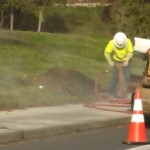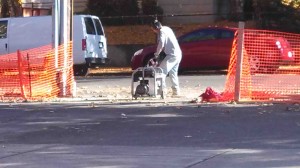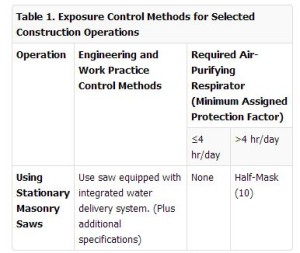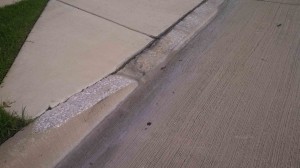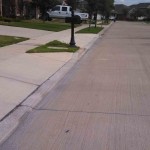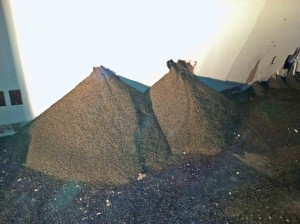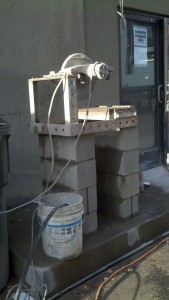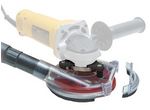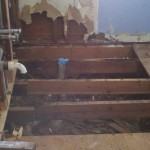Thu 4 Dec 2014
All I want for my (IH) Christmas…
Posted by admin under Air Monitoring, Asbestos, Building Survey, Carbon Monoxide, Concrete, Dust, IAQ, industrial hygienist, occupational hygiene, Presentation, Silica, Training, Uncategorized
Comments Off on All I want for my (IH) Christmas…
Here’s my top 5 gifts for Christmas in the (my) occupational hygiene world of construction:
- A new carbon monoxide monitor.
- Not just a “normal” $40 model. A Nest Protect Fire & Carbon Monoxide monitor, which is in the $100 range. This thing is sweet. Talks to you, sends you a text message. Here’s a review from Cool Tools. Or, just buy it here.
- High flow air pump, Gast model.
- I have some other flow rate pumps up to 5 liters per minute (LPM), but this one is great for flow rates 10-up to 28 LPM (depending on the model). Good for high volume area type samples and vacuum wipe sampling. You must have 110 power available, but once calibrated, it’s a done-deal. They can be bought for under $250. Grab a rotometer too, if you don’t have one.

- I have some other flow rate pumps up to 5 liters per minute (LPM), but this one is great for flow rates 10-up to 28 LPM (depending on the model). Good for high volume area type samples and vacuum wipe sampling. You must have 110 power available, but once calibrated, it’s a done-deal. They can be bought for under $250. Grab a rotometer too, if you don’t have one.
- Wireless response system to use during training.
- Attendees have a wireless response keypad and the trainer can ask a multiple choice question. It allows the audience to reply. The results then show up on the screen. Great for anonymous responses, or a general overview from your audience. There are several vendors, here’s an example, and the leader in the industry is Turning Point. I think these are in the $500-$1,000 range.
- A bulk asbestos example kit.
- A bunch of “typical” building materials which are asbestos containing. In sealed glass jars, of course. I don’t know where you’d buy this sort of thing. I wish I would have kept all of my samples over the years.
- A dedicated short term silica sampling kit.
- SKC has a new sampler which can sample at a higher flow rate  of 8 LPM, compared with the usual 2.5, or 1.8 LPM. (which, if you think through the math; allows you to achieve a detection limit with a lower sample volume, and a shorter time duration) Unfortunately, you must purchase a new SKC Leland pump/charger, PPI sampler, calibration junk. Total cost is probably in the $2,000 range.
